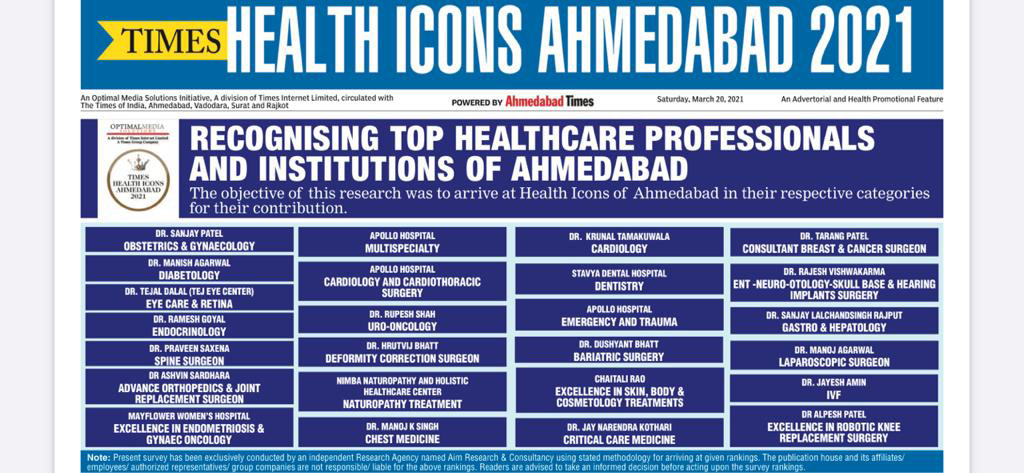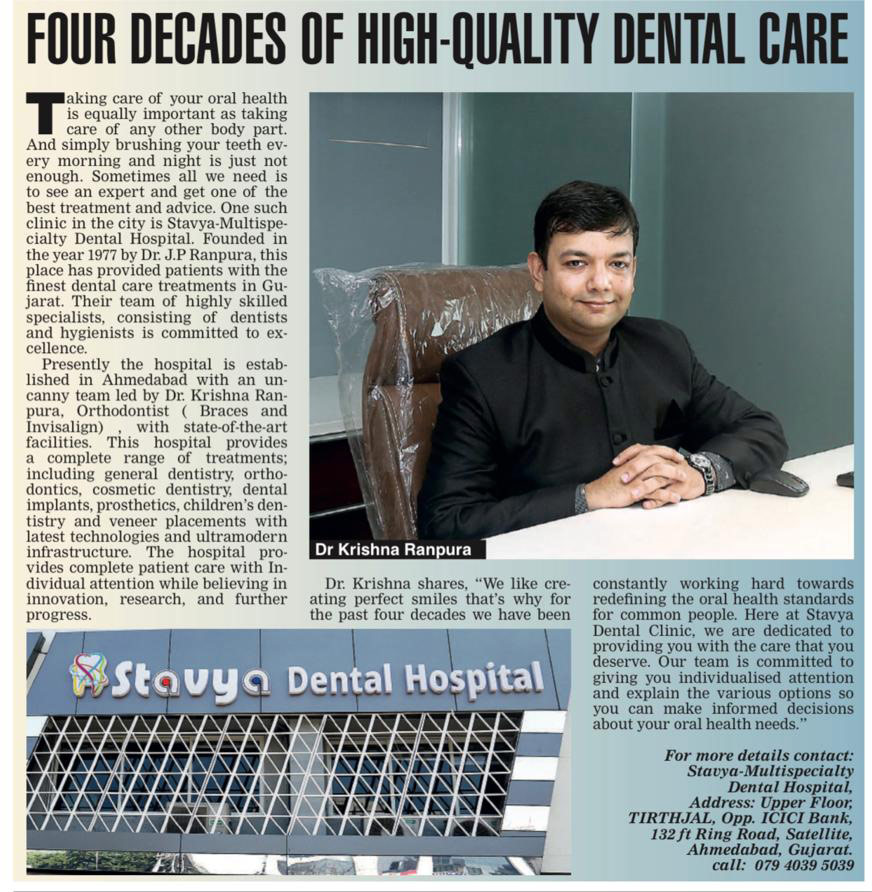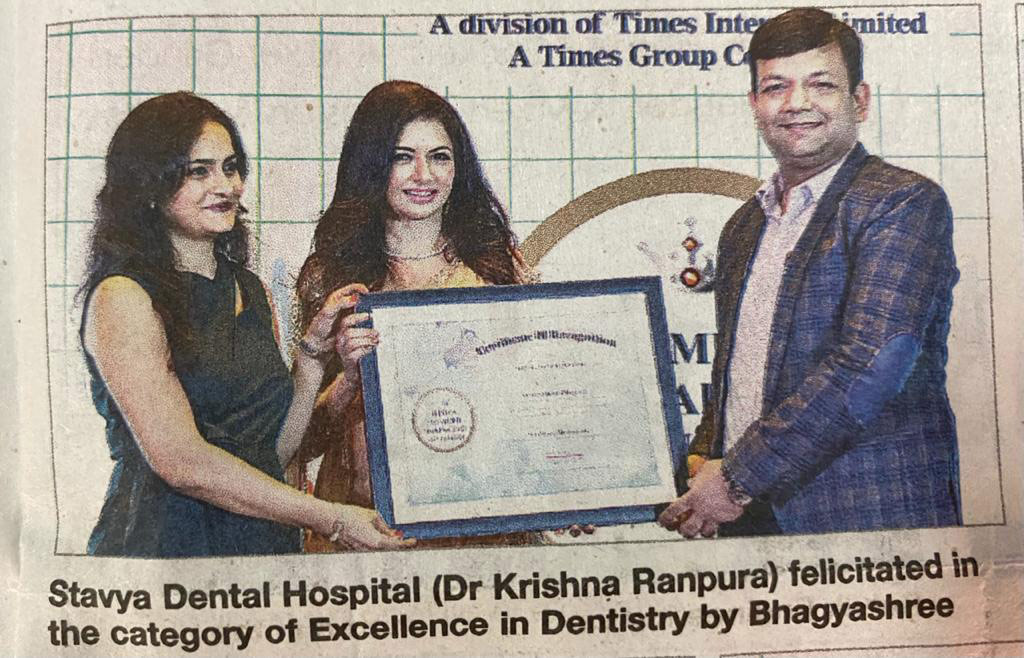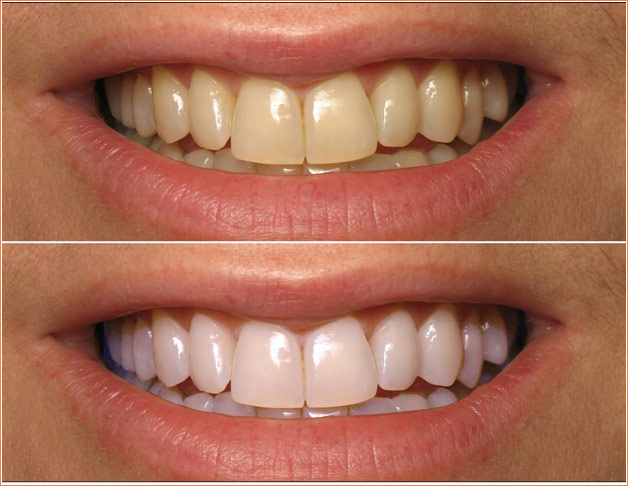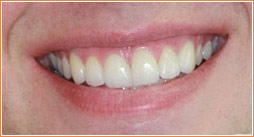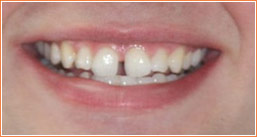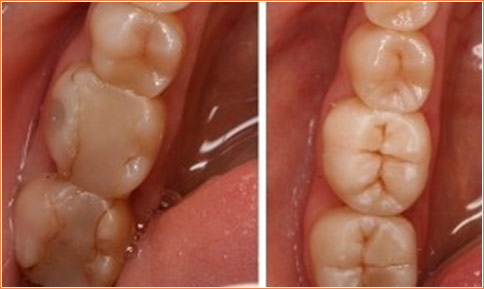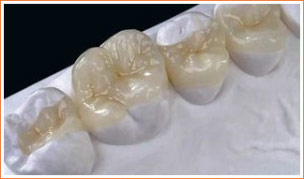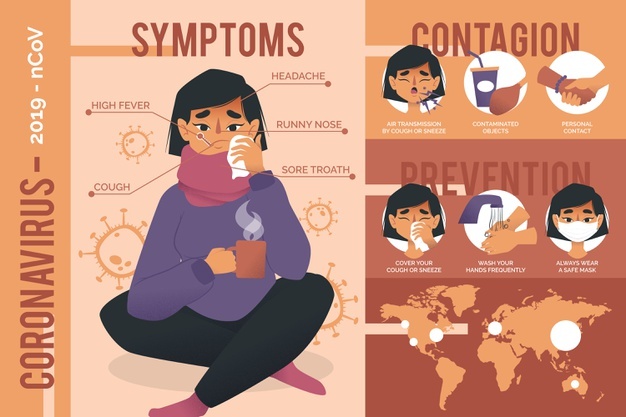Best toothbrush in India: Here are some general tips to choose a good toothbrush. People cannot ignore the importance of oral healthcare and dental hygiene.
There are several shapes, styles and sizes of toothbrushes in the market. Different types of toothbrushes such as manual and electric are available in the market. It is difficult to decide which kind of toothbrush to be purchased. One cannot ignore the importance of oral hygiene, not only for dental-health but also for overall well-being. Here are some general tips on choosing a good toothbrush.
Tips on choosing a good toothbrush for better oral health
Size and Style
The size of the toothbrush should give you easy access to all surfaces of teeth. A toothbrush head that is half-inch wide and one-inch tall is most suitable and effective in cleaning all the areas of one’s mouth. Larger toothbrushes are also available in the market but, it becomes difficult to manage cleaning the hard-to-reach areas of the mouth. The brush should help you clean the sides and backside of your molars. The handle of the brush should be long enough so that you can easily hold it in your hand. It should be of non-slip grip and a flexible neck.
Bristle Variety
This is an important tip to follow if one is concerned about the protection of teeth. For a majority of people, soft-bristled toothbrushes are the safest choice for their teeth. When visiting a medical store to buy a manual or an electric toothbrush, one would prefer a toothbrush with soft-bristles or a medium nylon bristle. It also depends on the strength of the teeth and the way you brush them. Be sure while purchasing a hard-bristled toothbrush because it may cause damage to gums, root surface and also affect the strength of the teeth.
Experts Say
Take recommendation from a dentist to ensure that your toothbrush has undergone the quality control test. The rigorous quality control test includes cleanliness of the toothbrush, effectiveness and safety for your oral health. One can opt for manual or powered toothbrushes that have received the (ADA) American Dental Association seal of approval. Also, take a bit of advice on which type of bristled toothbrush is suitable for the teeth.
Cost
Some people prefer using powered toothbrushes as a good alternative, but while selecting special features, keep the cost in mind. One should change your toothbrush every three to four months. Try and replace your toothbrush after having suffered from a cold, as the bristles can collect germs. It is convenient to buy a toothbrush with a tongue cleaner if it is double the price of a regular toothbrush. One could instead opt for floss or an interdental brush if you wish to spend a few more bucks on your dental hygiene.
The above tips on choosing a good toothbrush are intended to explain general dental health. It is not a substitute for any professional advice, diagnosis or treatment. It is always better to seek advice on oral health issues from a dentist or a qualified oral healthcare provider.



